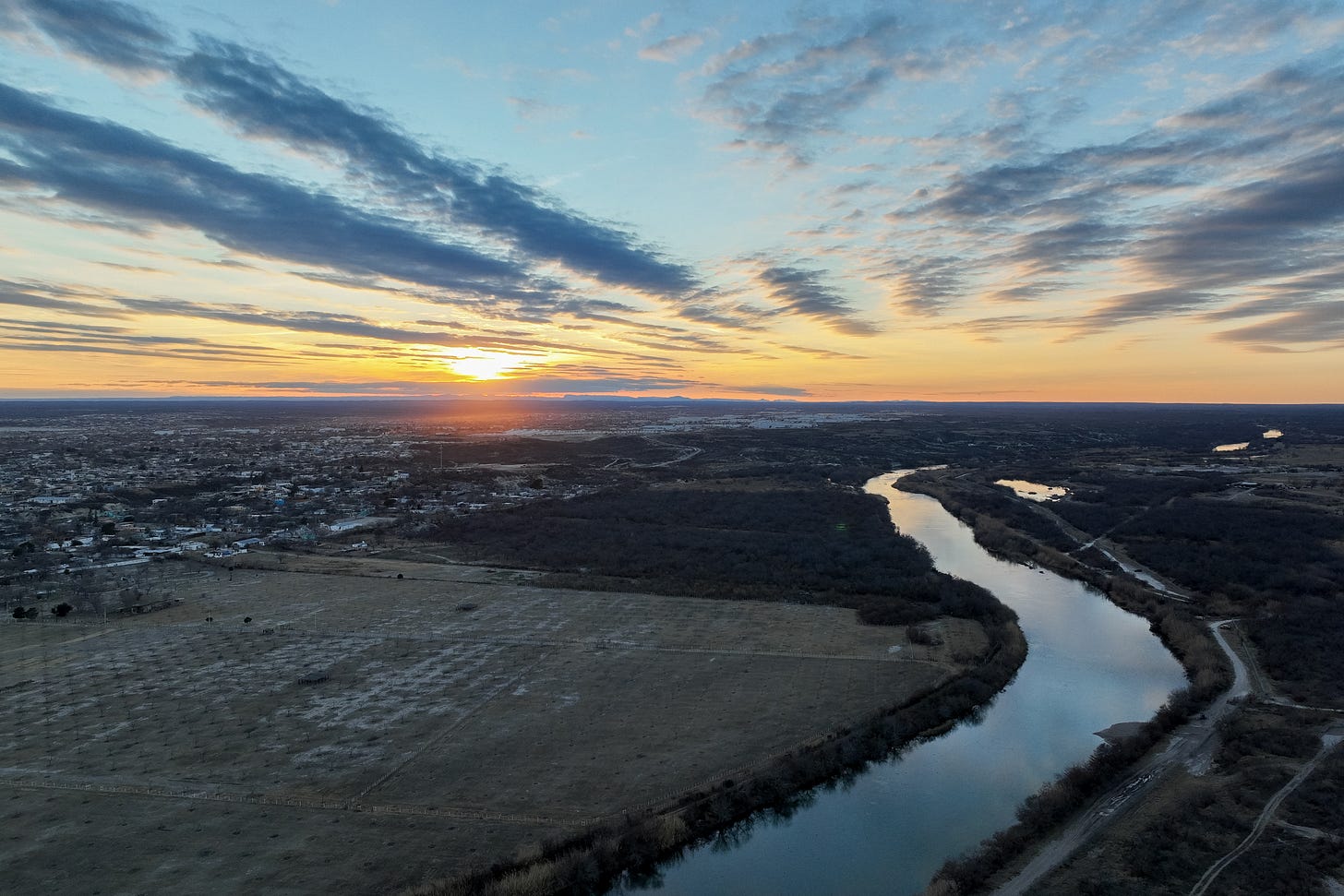Who Will Stand Up for the Rio Grande?
The river is drying up, while Texas's elected leaders ignore the real border crisis.

In August 2022, Democrats in Congress rallied around a vote for the Inflation Reduction Act (IRA), despite opposition from a hard line of Republican nays. The IRA aimed to fulfill the promise of the…
Keep reading with a 7-day free trial
Subscribe to The Border Chronicle to keep reading this post and get 7 days of free access to the full post archives.



